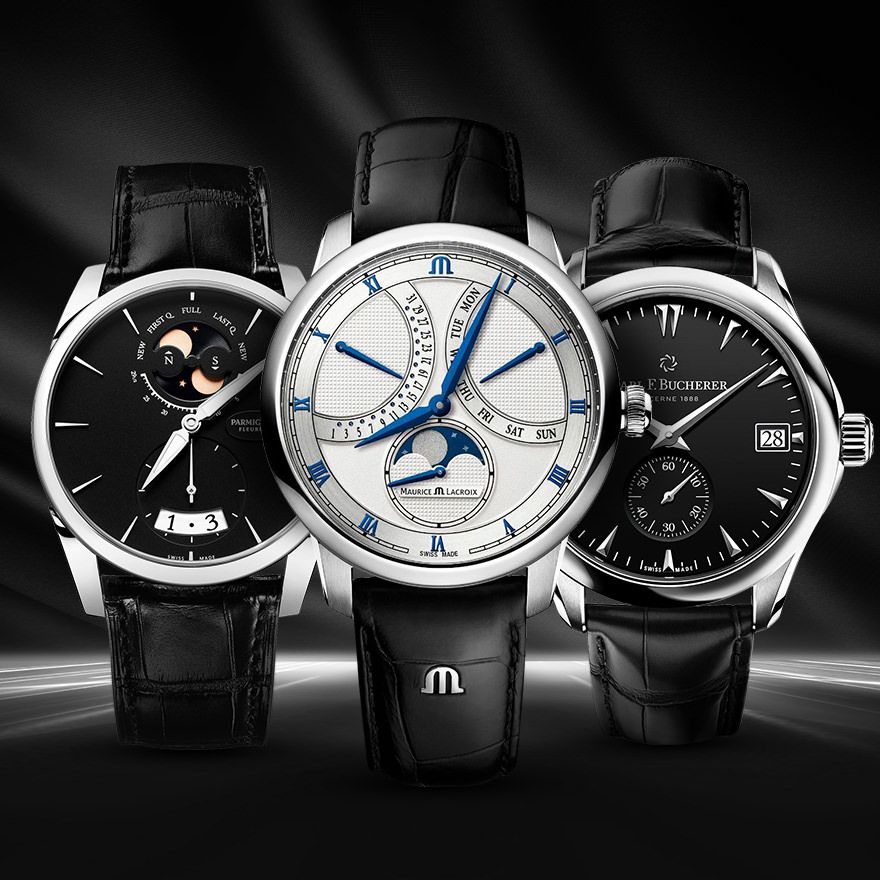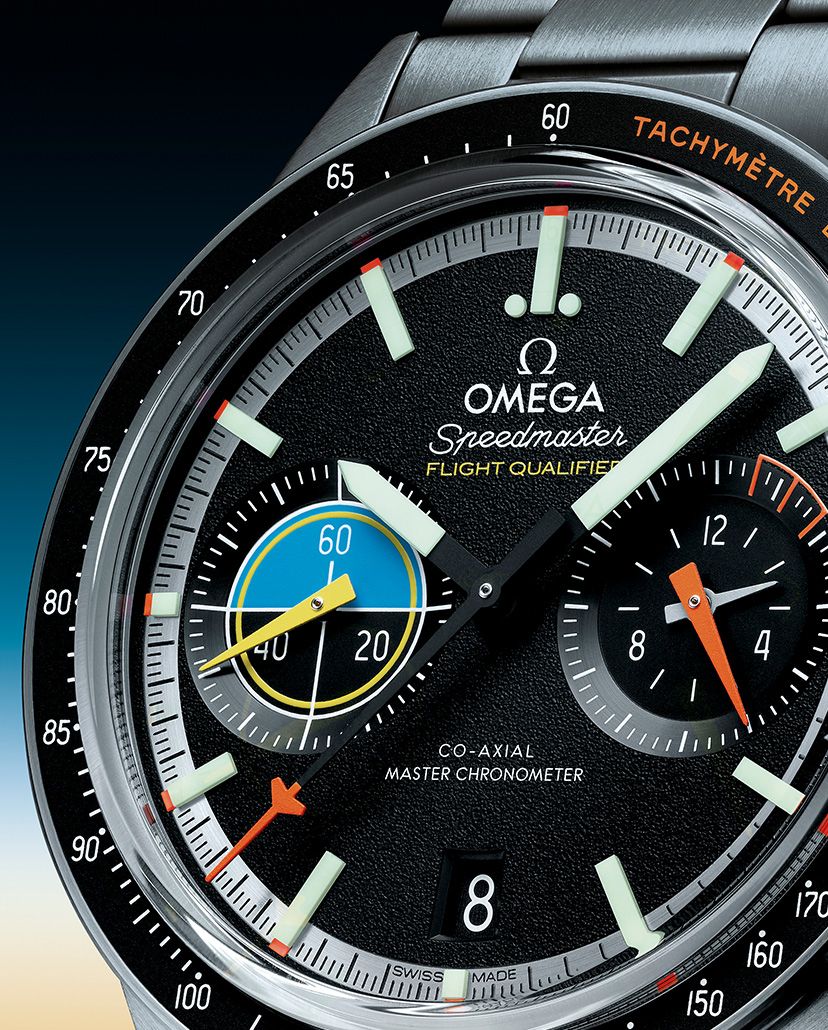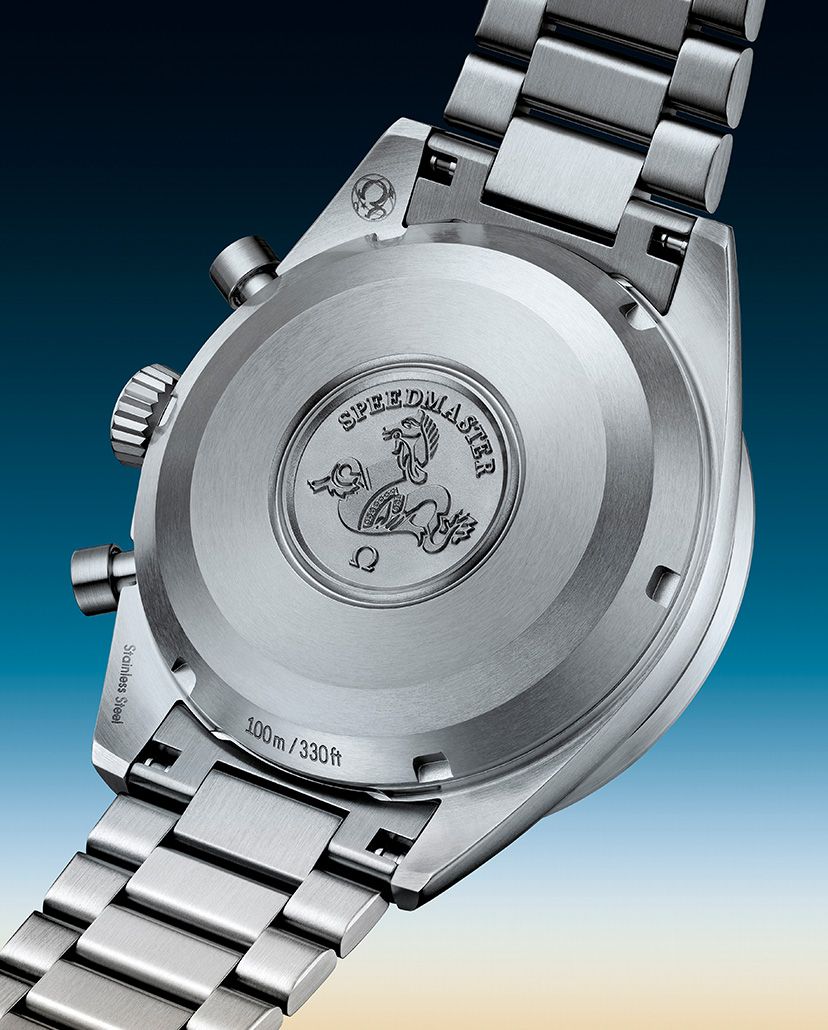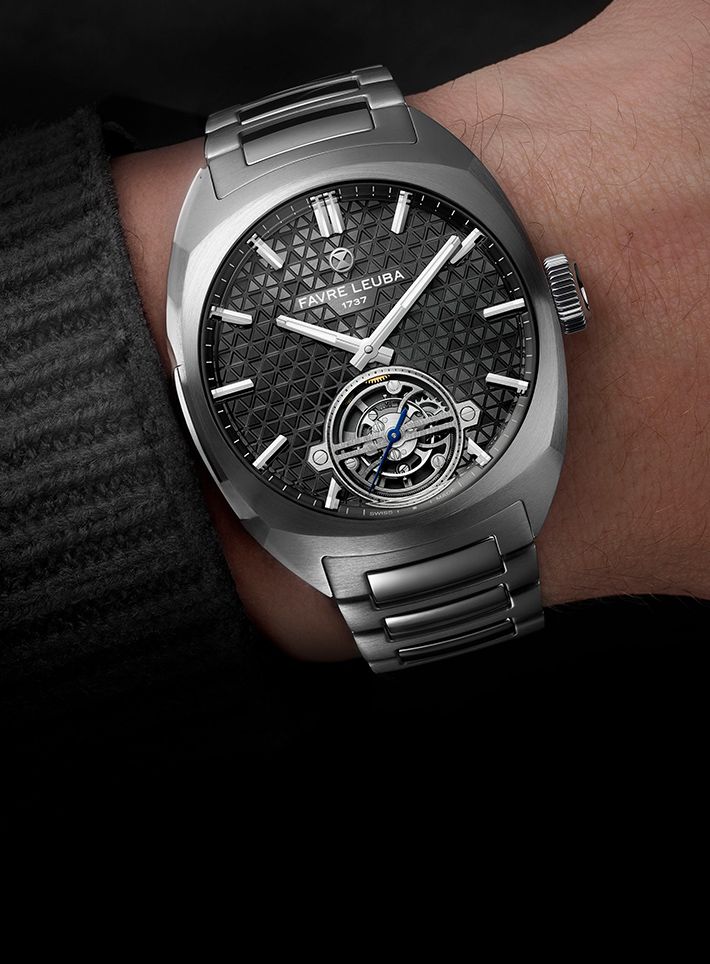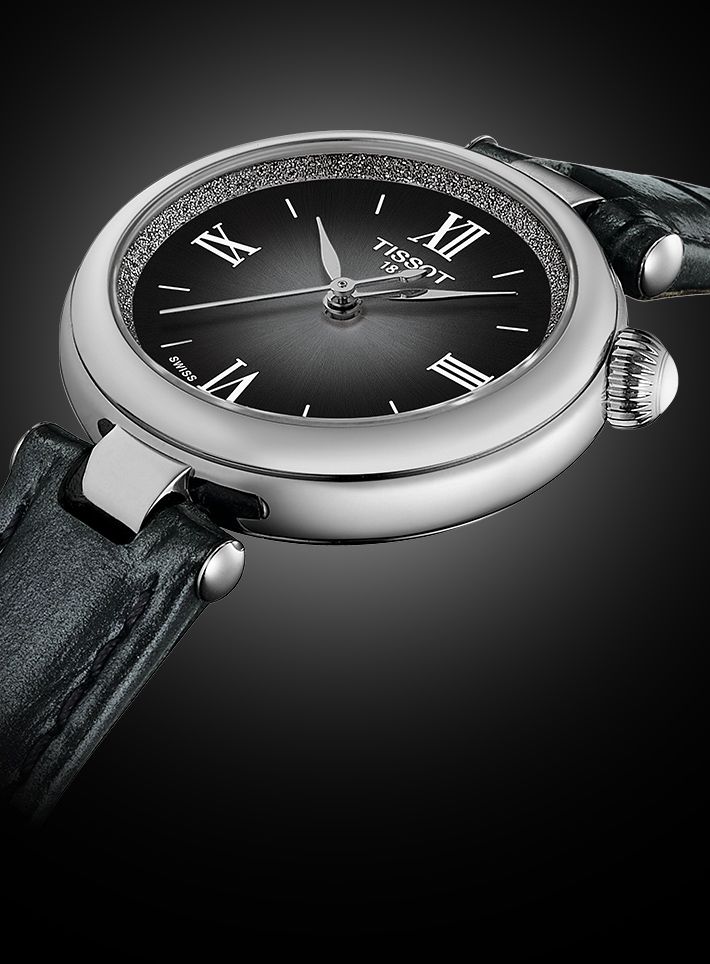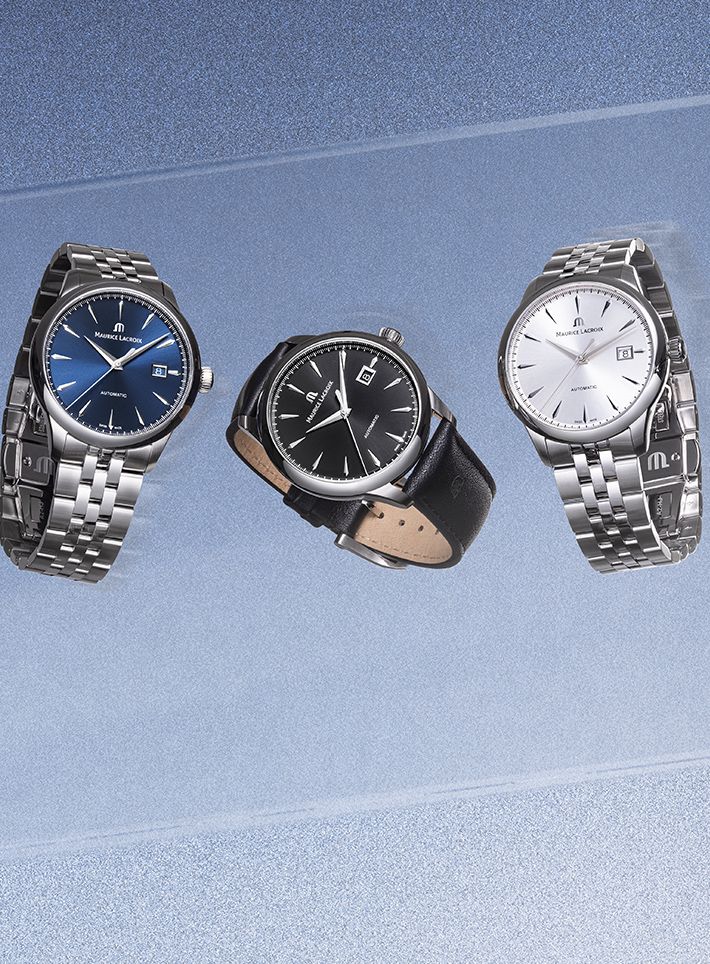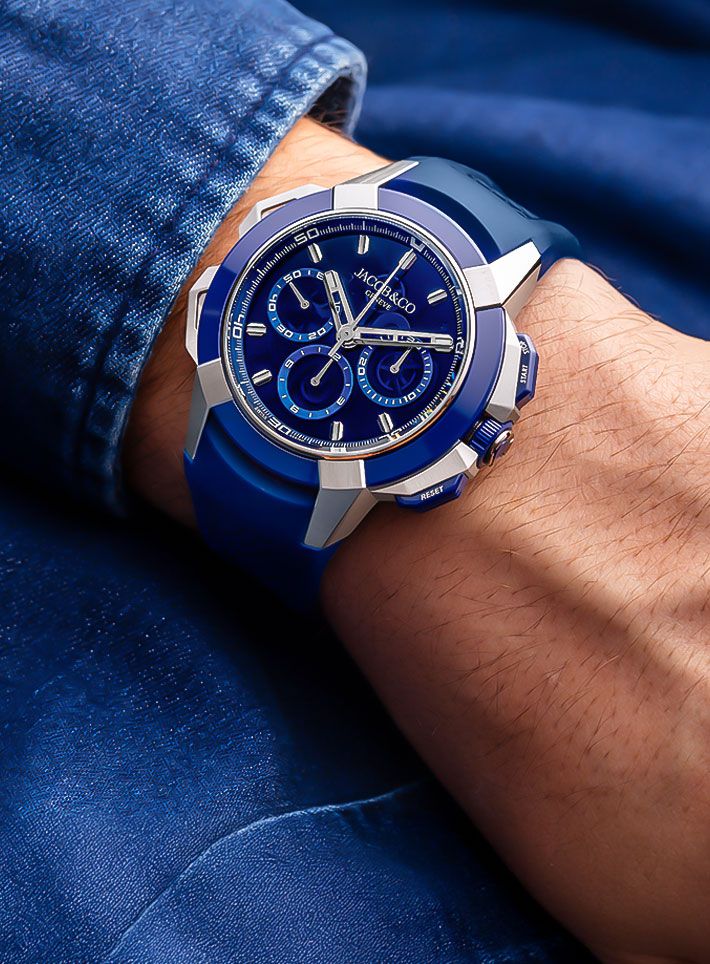ReviewFlight Qualified: The New Omega Speedmaster Pilot
Drawing from the very first Speedmaster of 1957, the new Speedmaster Pilot is a tribute to the Speedy’s early days when it became the watch of choice for professional pilots, while it presents a vibrant take on the collection that we know and love
May We Recommend
Omega’s Speedmaster has famously been the first and only watch to be worn on the moon, ‘flight qualified by NASA for all manned space missions’ as it is. However, way before this qualification and achievement, Omega were suppliers of watches to Great Britain’s Ministry of Defence, to support the Royal Air Force and Royal Navy pilots. They delivered over 1,10,000 watches starting around World War II. When the Speedmaster was born, later, in 1957, it was chosen by pilots in the US Air Force—some of whom would become astronauts for NASA. It became a crucial instrument for aviators, who relied on it for keeping their flights on track and on time. To pay tribute to their glorious past in aviation, before the Moonwatch came around, Omega have now released the Speedmaster Pilot, with nods to flying and cockpit dashboard instruments.
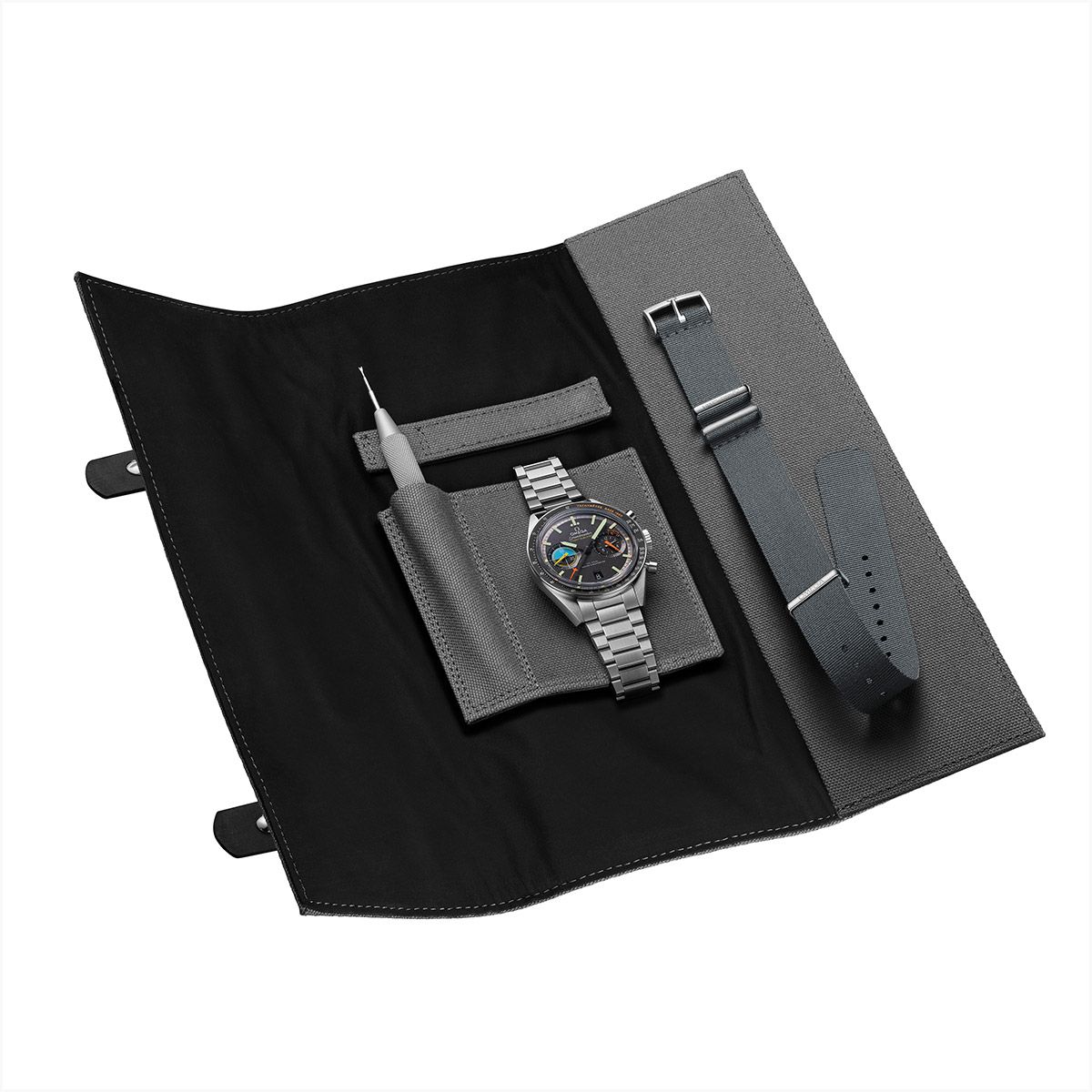
The Dashboard Of the Speedmaster Pilot
One of the more vibrant Speedmasters we’ve seen, the Speedmaster Pilot immediately catches one’s attention with its use of colour. This is seen primarily in the sub-dials, which have an opaline finish, in stark contrast against the main dial’s grained texture. With a yellow hand, the small seconds sub-dial at nine is fashioned to present a ‘target/sight’ aesthetic, with an artificial horizon in blue. Diametrically opposite, the chronograph counter for 60 minutes and 12 hours is made to look like a ‘burn rate’ indicator seen in aircraft cockpits. The triangular hand in orange complements the hour markers, and the more obvious reference to planes—the varnished orange pointer of the central chronograph hand.

What starkly stands out are the Super-LumiNova blocks for the hour markers and the hands. Seen in white, these blocks emit a green glow in the dark—a handy feature for nighttime flights, while also being reminiscent of the lights on cockpit dashboards.
Flight Time Of The Speedmaster Pilot
Running the chronograph, timekeeping, and the date display at six o’clock is the co-axial Master Chronometer calibre 9900, which offers a significant power reserve of 60 hours—higher than that of the Moonwatch calibre 3861. Another difference between the Speedmaster Pilot and the Moonwatch is the case size. While the latter is sized at 42mm, the Speedmaster Pilot’s diameter is 40.85mm. Additionally, the steel case in this edition has a higher water resistance than most other Speedmasters—up to a depth of 100m. On the closed caseback, you’ll see the classic Omega seahorse medallion. Other staples include the ‘dot over 90’ on the tachymeter scale of the aluminium bezel.
What A Tool: The Speedmaster Pilot
Affixed to the case is the classic Speedmaster bracelet, which was seen in the early watches of the collection. It features Omega’s patented ‘comfort release adjustment system’. One can switch this bracelet with a NATO strap—reinforced with Kevlar threads—that comes with the Speedmaster Pilot. However, Omega have not made these straps easily interchangeable. Instead, they’ve provided a tool with it to make the switch.
The Speedmaster Pilot itself is quite a handy tool, even though it’s not your traditional pilot’s watch—as it doesn’t feature a big crown or big Arabic numerals. And while it certainly harks back to the early Speedmasters that were adopted by several pilots, the Speedmaster Pilot makes quite an impression with its nods to cockpit dashboard tools. All the while, it stays true to the Speedmaster DNA, remaining extremely recognisable as a part of Omega’s iconic collection.
The Omega Speedmaster Pilot in a nutshell
- Case: Steel, 40.85mm; water-resistant to 100m
- Glass: Sapphire crystal
- Dial: Black with colour accents and a half-blue small seconds sub-dial; Super-LumiNova blocks for hour markers and central hour and minute hands
- Functions: Hours, minutes, small seconds, 60-minute and 12-hour chronograph, and tachymeter scale
- Movement: Co-axial Master Chronometer calibre 9900; 60-hour power reserve
- Strap: Steel bracelet with additional NATO strap
FAQs
-
How do you use a chronograph?
To use a chronograph, one needs to press the top pusher to start and stop the timing function. On the other hand, the bottom pusher often resets the chronograph hands to zero. Some models may also have additional features such as a tachymeter scale for measuring speed or distance.
-
What is a Master Chronometer?
A Master Chronometer is a watch, which has a movement that was first certified as a chronometer by the COSC, and then underwent a series of even more stringent tests by the Swiss Federal Institute of Metrology (METAS), and was found to meet even higher standards of accuracy than a COSC certification demands. These tests include those that are conducted on the watch with movement inside, and not just on the movement alone. These eight tests include the checking of accuracy with the watch subjected to magnetic fields, as well as tests for the watch’s water resistance and the movement’s power reserve.
-
What is a chronograph?
A chronograph in a watch is a complication—or a feature beyond standard timekeeping—that performs stopwatch functions. Chronographs in analogue watches usually have a central seconds counting hand, along with sub-dials for the 30-minute and 12-hour counters.
